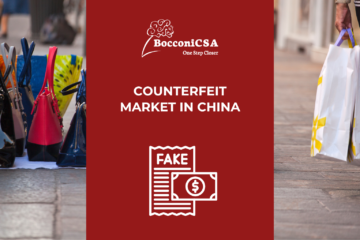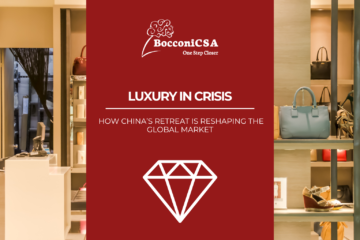The biggest trade bloc in history
The Regional Comprehensive Economic Partnership (RCEP) is a free-trade agreement between the Asia-Pacific nations of Australia, Brunei, Cambodia, China, Indonesia, Japan, Laos, Malaysia, Myanmar, New Zealand, Philippines, Singapore, South Korea, Thailand, and Vietnam. After eight years of negotiating efforts, the RCEP was signed at the Vietnam-hosted virtual ASEAN Summit on November 15 2020, and it will become effective within two years.This is the world’s biggest trade deal, covering 15 member countries, accounting for approximately 30% of the world’s population (2.2 billion people) and 30% of the global GDP ($26.2 trillion), as of 2020.
Aim
The RCEP aims to reduce tariffs and non-tariff barriers, thereby establishing a free-trade agreement with a unified market. Its nature is similar to the North American Free Trade Area (NAFTA) and the EU Customs Union.
What does the RCEP bring?
For China:
- More active trade and investment in the RCEP region. More than 90% of tax items will be subject to zero tariffs (it may even increase to 95% of tax items in the future). The agreement has two major effects on member states: reduced manufacturing costs and a more open market for further economic interdependence.
- Bringing trade cooperation to another level. The RCEP is the first free-trade agreement between three of the four largest Asian economies: China, Japan, and South Korea. Not only will the landing of the RCEP promote China’s trade and economic growth, but it will also help China to reduce its dependence on the US market, and potentially gain more initiative in future Sino-US trade games.
For the rest of the world:
- A new engine for the Asian economy. The more active economic and trade activities among the members will increase their contribution to the world economy. In fact, the RCEP network itself promotes an in-depth integration of the industrial chain: China, Japan and South Korea have relatively advanced technologies, ASEAN (Association of Southeast Nations) countries have relatively cheap labor, while Australia and New Zealand are rich in natural resources, as well as advantages in location and logistics.
- Paving the way for globalization. The new free-trade bloc will be bigger than both the United States-Mexico-Canada Agreement and the European Union. In the context of the WTO stagnation, a “three-legged” pattern with Asia, Europe and North America prevents the fragmentation of the global trading system, which may help WTO reform and lay the foundation for globalization.
Conclusion
No matter how, there is no doubt that the RCEP will create a huge economic body in the world, and a whole new economic power in Asia to be reckoned with. Looking forward to the results of the RCEP!
Article written by:
Chiara Hu
Yu Chen



0 Comments